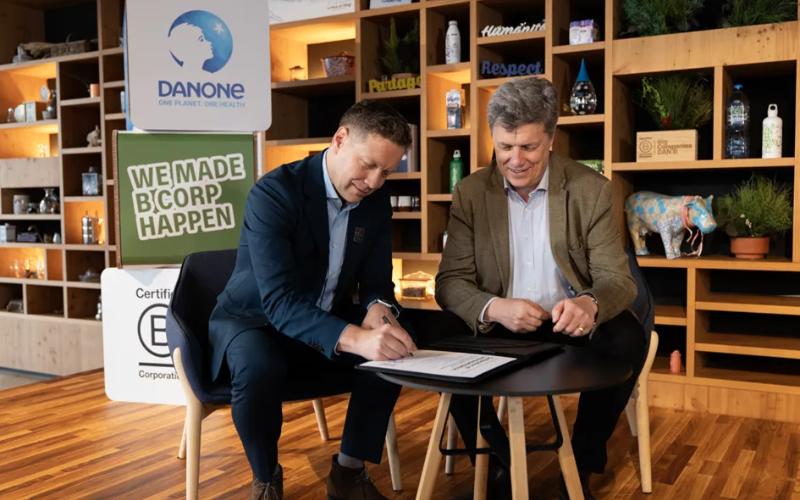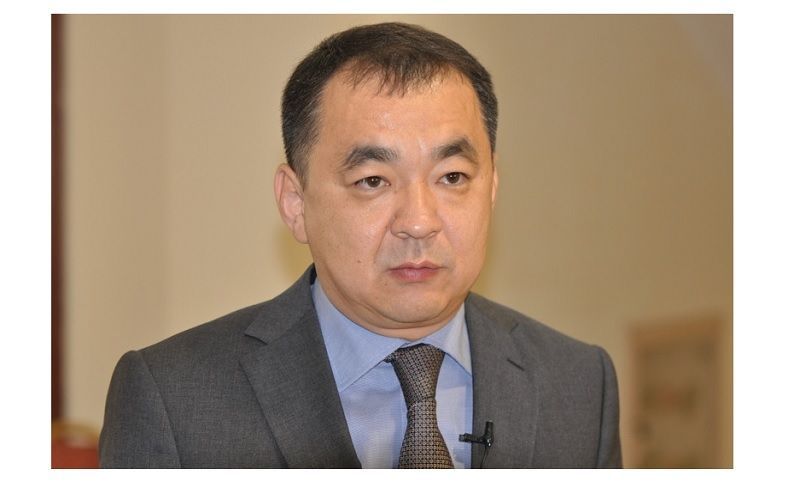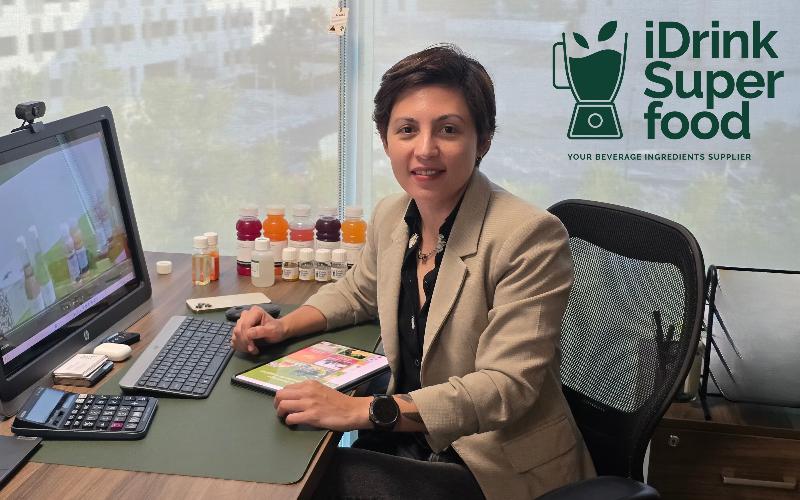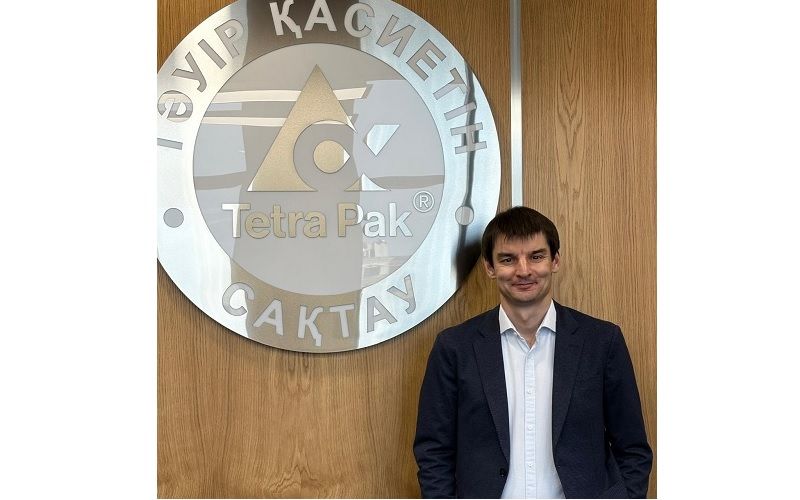Bad Weather and Prices "Froze" the Ice Cream Market: Sales in Russia Dropped by 10%
The Russian ice cream market faced a slowdown in dynamics: in the first half of 2025, natural product sales decreased by 6–11% year-on-year. Analysts attribute the decline mainly to unfavorable weather conditions and significant price increases.
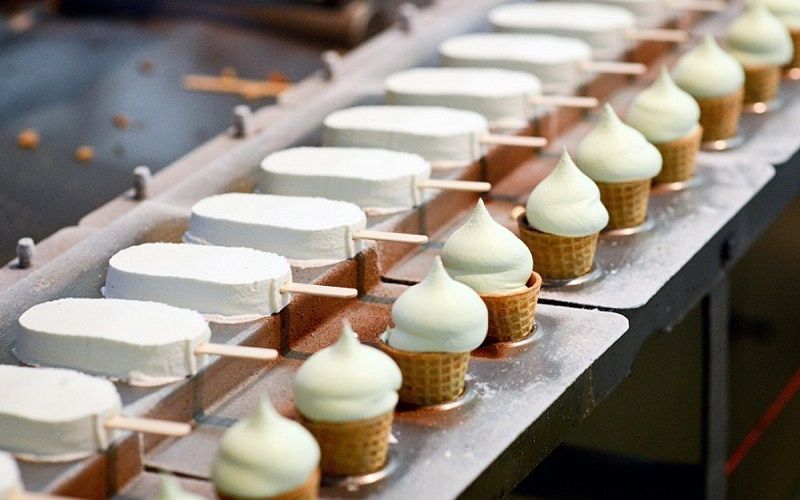
Data from the cash register software developer "Evotor" indicates an 11% reduction in ice cream sales in physical terms from January to June 2025 compared to the same period last year. The "Supermarkets by T-Bank" service recorded a 6% decline in June, and analysts from "Check Index" (a fiscal data operator) noted a 5% drop in physical sales in the first month of summer, as well as a 23% reduction in sales of ice cream mix.
According to Stanislav Bogdanov, chairman of the presidium of the Association of Retail Companies, ice cream sales in retail chains fell by 10% year-on-year in June. This is in stark contrast to last year's figures, when hot weather contributed to double-digit growth rates. However, over a longer period (May 2024 – April 2025), physical sales increased by 2.4%, and in monetary terms — by 17.5%.
Experts link the current demand reduction to two key factors:
"Evotor" also notes that high prices may encourage consumers to choose more budget-friendly options or completely abandon purchases, posing a challenge for manufacturers to find a balance between maintaining quality and product affordability.
According to Stanislav Bogdanov, chairman of the presidium of the Association of Retail Companies, ice cream sales in retail chains fell by 10% year-on-year in June. This is in stark contrast to last year's figures, when hot weather contributed to double-digit growth rates. However, over a longer period (May 2024 – April 2025), physical sales increased by 2.4%, and in monetary terms — by 17.5%.
Experts link the current demand reduction to two key factors:
- Climatic factor: Prolonged rains and a cool spring in central Russia, according to "Check Index" analysts and Maria Zhebit, deputy general director of "Soyuzmoloko", directly influenced consumption.
- Price factor: The rise in production costs, driven by the increased cost of raw materials and ingredients (chocolate, glaze, dairy fats, fruit fillers), led to a 12–23% increase in ice cream prices over the year. For example, cocoa bean prices more than doubled.
"Evotor" also notes that high prices may encourage consumers to choose more budget-friendly options or completely abandon purchases, posing a challenge for manufacturers to find a balance between maintaining quality and product affordability.



